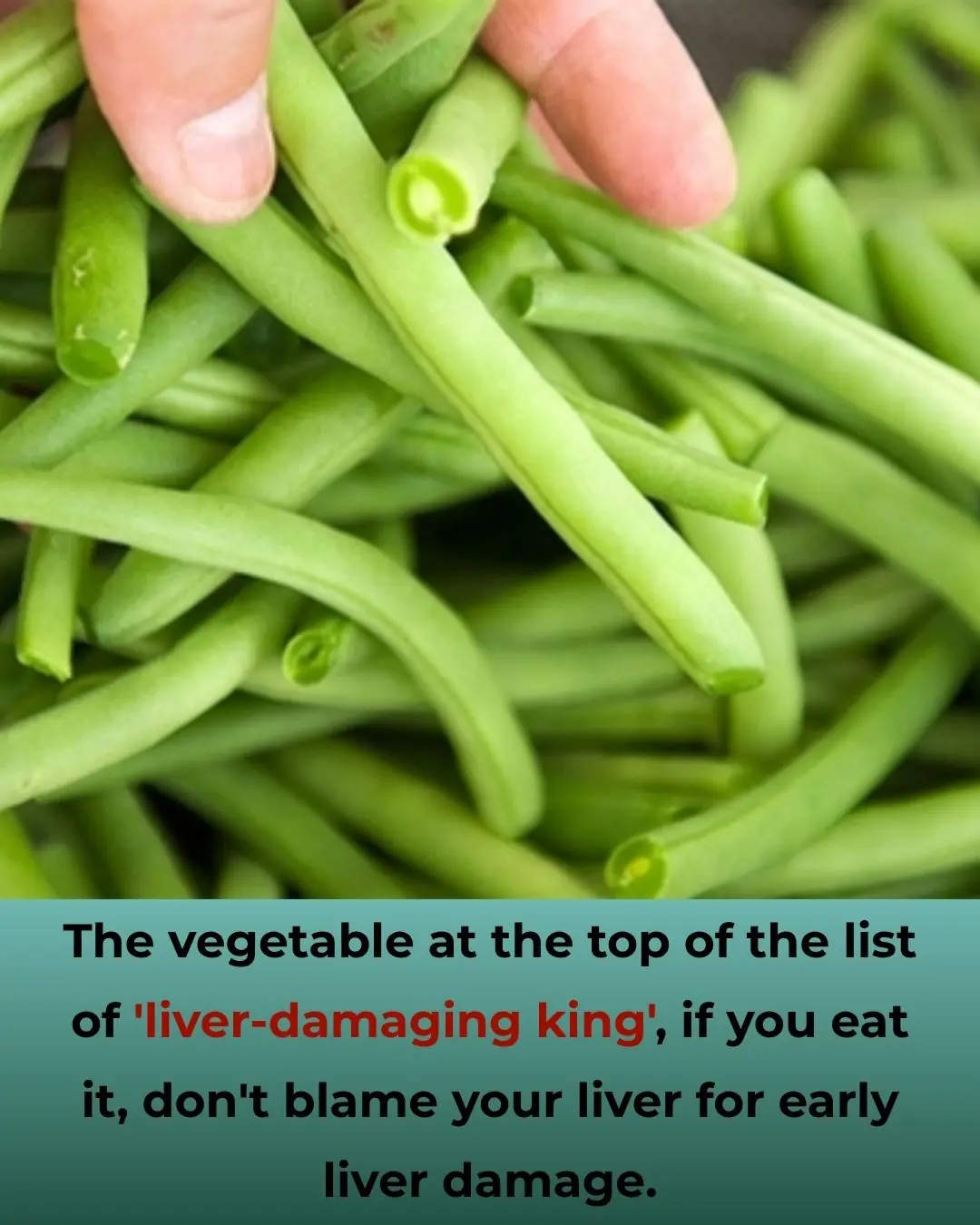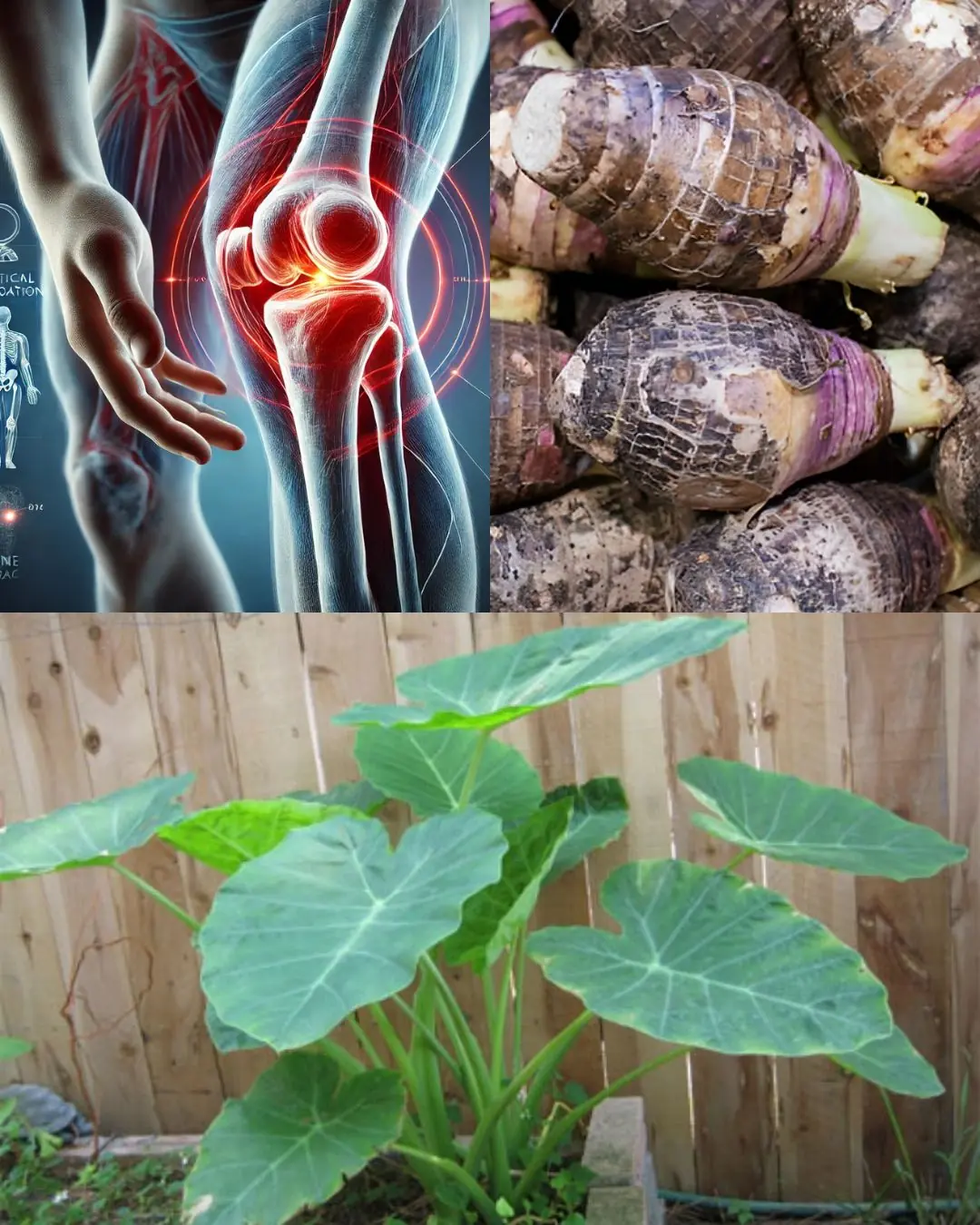
The 1,300-Year-Old Loaves That Brought the Words “I Am the Bread of Life” to Life

When History Speaks Through Bread: The Remarkable Discovery at Topraktepe
Archaeologists working at Topraktepe, the ancient hilltop site of Eirenopolis in modern-day Turkey, have made an extraordinary discovery that bridges faith, art, and daily life. During ongoing excavations, they uncovered five carbonized loaves of bread, astonishingly preserved after more than thirteen centuries. One of these loaves bears a portrait of Jesus Christ and a Greek inscription reading: “With gratitude to Blessed Jesus.”
Dated to the 7th–8th centuries AD, these loaves are remarkable not only for their survival but also for the deep insight they offer into early Christian theology, Byzantine liturgical practice, and the ways ordinary believers in Anatolia may have understood scriptural metaphors.
Among the many biblical images that shaped early Christian thought, few are as enduring as John 6:35, where Jesus declares, “I am the bread of life.” The Topraktepe loaves, marked with sacred imagery and text, appear to embody that verse in tangible form—an everyday act of devotion transformed into an artifact that blurs the line between metaphor and material reality.
The Archaeological Find: What Was Discovered
Excavations at Topraktepe in Ermenek, Karaman Province, were conducted under the supervision of the Karaman Museum Directorate and the Turkish Ministry of Culture and Tourism. The team unearthed five small, rounded loaves dating to the Byzantine period. Official photographs released by the Governor’s Office of Karaman show that one circular loaf carries a raised relief of Christ’s face surrounded by the Greek phrase “With gratitude to Blessed Jesus,” while the remaining four display simple but distinct cross impressions made before baking.
The loaves were preserved through carbonization, a rare process in which heat and limited oxygen interact in such a way that organic material is transformed into carbon, maintaining its form instead of disintegrating. This allowed the bread’s stamped surfaces, rims, and inscriptions to remain sharply defined after more than a millennium underground.
Preliminary reports describe the loaves as compact and carefully formed, ranging from palm to plate size. Their style aligns with known Byzantine-era prosphora, or stamped liturgical breads, used during communal worship and Eucharistic ceremonies. Some archaeologists have suggested they were made of barley or coarse wheat, both typical crops of the region, although laboratory analysis is still underway.
What makes this discovery particularly significant is the level of transparency and documentation. Each stage of excavation was recorded and publicly verified, complete with official statements, photographs, and stratigraphic data. The evidence leaves little doubt about their authenticity or provenance. Scholars have dated the loaves to around 1,300 years ago, placing them firmly within the Middle Byzantine period—a time when Christian iconography was flourishing and theology was taking increasingly tangible forms.
When Scripture Becomes Substance
The Topraktepe loaves illuminate how early Christians transformed sacred metaphor into lived experience. The verse from John—“I am the bread of life; whoever comes to me shall not hunger”—was not merely read or preached; it was baked, touched, and shared. Worshippers may have literally held in their hands the symbol of divine sustenance as they prayed or broke bread together.
This blending of faith and material practice helps historians visualize how theology functioned outside great basilicas and imperial centers. In provincial communities like Eirenopolis, religion was deeply woven into the rhythms of agrarian life. Bread—made from sown grain, harvested by hand, and shared at table—was the perfect vessel for expressing a theology of nourishment, sacrifice, and gratitude.
The portrait of Jesus on the loaf may also reflect the agrarian imagery common in the Gospels—the parables of the sower, the vine, and the mustard seed. Through such imagery, the cycle of sowing, baking, and sharing becomes a metaphor for spiritual renewal and the divine gift of sustenance.
Local Christianity and Everyday Faith

Unlike the cosmopolitan centers of Constantinople or Antioch, Eirenopolis was a modest provincial settlement. Its Christian community, shaped by local customs and resources, likely expressed faith in ways both humble and immediate. Depicting Jesus on bread—an object central to survival—suggests that theology here was experienced through the senses, not only through texts or sermons.
This finding expands our understanding of early Christian diversity. It shows that faith in Byzantine Anatolia was not monolithic but adaptable, blending universal doctrine with regional identity. The Topraktepe loaves thus stand as a small yet vivid testimony to how Christian symbolism could take on local, tactile forms.
Symbol, Fact, or Both?
The discovery also revives a timeless debate: how should we interpret the Bible—as literal history, symbolic truth, or something in between? Each new artifact adds nuance to this discussion. The Topraktepe loaves do not prove miracles, but they do reveal how deeply believers integrated scripture into everyday practice.
Modern biblical scholarship increasingly recognizes that for early Christians, symbols were not abstract concepts but living realities. Acts like breaking bread or marking dough with a cross were ways of participating in divine meaning. In that sense, the loaves of Topraktepe are not relics of superstition but expressions of how faith was made visible and repeatable through ordinary acts.
Historians caution against reading them as proof of divine intervention, yet they acknowledge their value in showing how theology shaped community life. Material culture, from bread to icon, became a way of making the invisible visible—of giving enduring form to spiritual conviction.
The Turin Shroud and the Question of Evidence
It is natural to compare this find with other Christian relics, particularly the Shroud of Turin. In 2022, a study using Wide Angle X-ray Scattering (WAXS) suggested the Shroud’s linen fibers could date back 2,000 years—potentially aligning with the time of Jesus. However, earlier radiocarbon dating in 1988 placed it in the medieval period (1260–1390 AD), fueling decades of debate about contamination and testing accuracy.
The contrast is instructive. The Topraktepe loaves make no miraculous claims; their authenticity lies not in proving divinity but in documenting devotion. They are unmistakably Byzantine artifacts, their age and context well supported by archaeological evidence. Their power is not in mystery, but in clarity.
Lessons in Cultural Continuity

Bread has always been more than food—it is a universal symbol of sustenance, hospitality, and connection. The Topraktepe loaves remind us that culture itself is a kind of memory, preserved through shared acts and meanings. The bakers who shaped and stamped these loaves were expressing more than craftsmanship; they were encoding faith, gratitude, and identity into an object meant to nourish both body and soul.
From an anthropological view, such discoveries reveal how societies embed their deepest values in daily rituals. The continuity between the loaves of the 7th century and the communion bread of modern churches underscores how tradition evolves yet endures. Faith, like bread, must be made anew each day, yet it carries the same essential ingredients—hope, community, and remembrance.
A Dialogue Across Centuries
In the end, the carbonized loaves of Topraktepe are far more than remnants of a meal. They are messages from the past, fragments of a conversation between humanity and the divine that continues still. Every mark in the dough, every word of the inscription “With gratitude to Blessed Jesus,” carries the heartbeat of a community that found holiness in the ordinary.
Their beauty lies not in proving miracles but in revealing the enduring dialogue between belief and experience. Through them, history reminds us that the sacred often resides not in the spectacular, but in the everyday gestures that sustain life—and faith itself.
News in the same category


The vegetable at the top of the list of 'liver-damaging king', if you eat it, don't blame your liver for early liver damage

The volume button on the phone has 6 hidden "magical" functions that many long-time users still don't know about

🔍 What’s the Purpose of That Tiny Hole in a Safety Pin?

Brown vs. White Eggs: Which Should You Choose?

The Animal You See First Reveals Your Anger Trigger

New Study Finds Eating More Than 1 Egg Per Week Cuts Alzheimer’s Risk by 47%

How Denmark Is Redefining Childhood in the Digital Age

4 things you shouldn't keep

The Hidden Meaning Behind Tongue Piercings Most People Don’t Know

Scientists Create Revolutionary “Superwood” Stronger Than Steel and Completely Fireproof

The Wondiwoi Tree Kangaroo Returns After Nearly a Century of Silence

Why do many men love married women more than single women?

5+ Things That Men Actually Notice About Women

This Is the Most Attractive Hobby a Man Can Have, According to Women

Pick The Underwear You Would Wear To Reveal What Kind Of Woman You Are

What to Do If Your Child Is Bitten by a Strange Bug

If you're caught Googling these four words Police may show up at your house

Fascinating animation reveals exactly how gas pumps know when to stop pouring gas
News Post

The general director found out that the cleaning lady was fluent in nine languages and immediately offered her a new position.

How to deodorize bathroom and toilet extremely effectively

Turning on the air conditioner at night at 28 degrees Celsius, thinking it would save electricity, turned out to be a mistake: This is the appropriate level, should be fixed immediately.

When pickling cucumbers, do not use boiled water that has been left to cool: Use this water to make the cucumbers crispy, delicious, and golden brown in just 1 night.

Washing machines accumulate a lot of dirt and bacteria: Pour this bowl into the washing machine to clean it like new and have fresh smelling clothes immediately.

Here’s the secret why everyone puts avocados on the fire!

Taro Root: The Ancient Superfood Transforming Health and Sustainability

Canker Sores Are The Absolute WORST…Here’s How To Get Rid of Them Fast!

U.S. Life Expectancy Lags Behind Other Wealthy English-Speaking Nations — The Contributing Factors

5+ Things Your Feet Can Reveal About Your Health (That You Shouldn’t Ignore)

The Aloe Vera Gel Is Not the Only One Very Useful

Student, 21, died just days after getting what they thought was ‘fresher’s flu’ as family issue warning

Grieving Mother Bear Hunts Wolves in Chilling Act of Revenge

The Stray and the Green Triceratops: A Toy That Became a Lifeline

Thrown Away, Yet Still Breathing: The Heartbreaking Rescue of a Puppy Named Kiss
The Dog Who Carried a Toy—and Found a Family’s Love

How to Use Hà Thủ Ô to Promote Hair Growth and Give You Dark, Smooth Hair

A Fruit Called the “Best of the 21st Century” — Grown in Many Vietnamese Gardens, Yet Rarely Eaten
